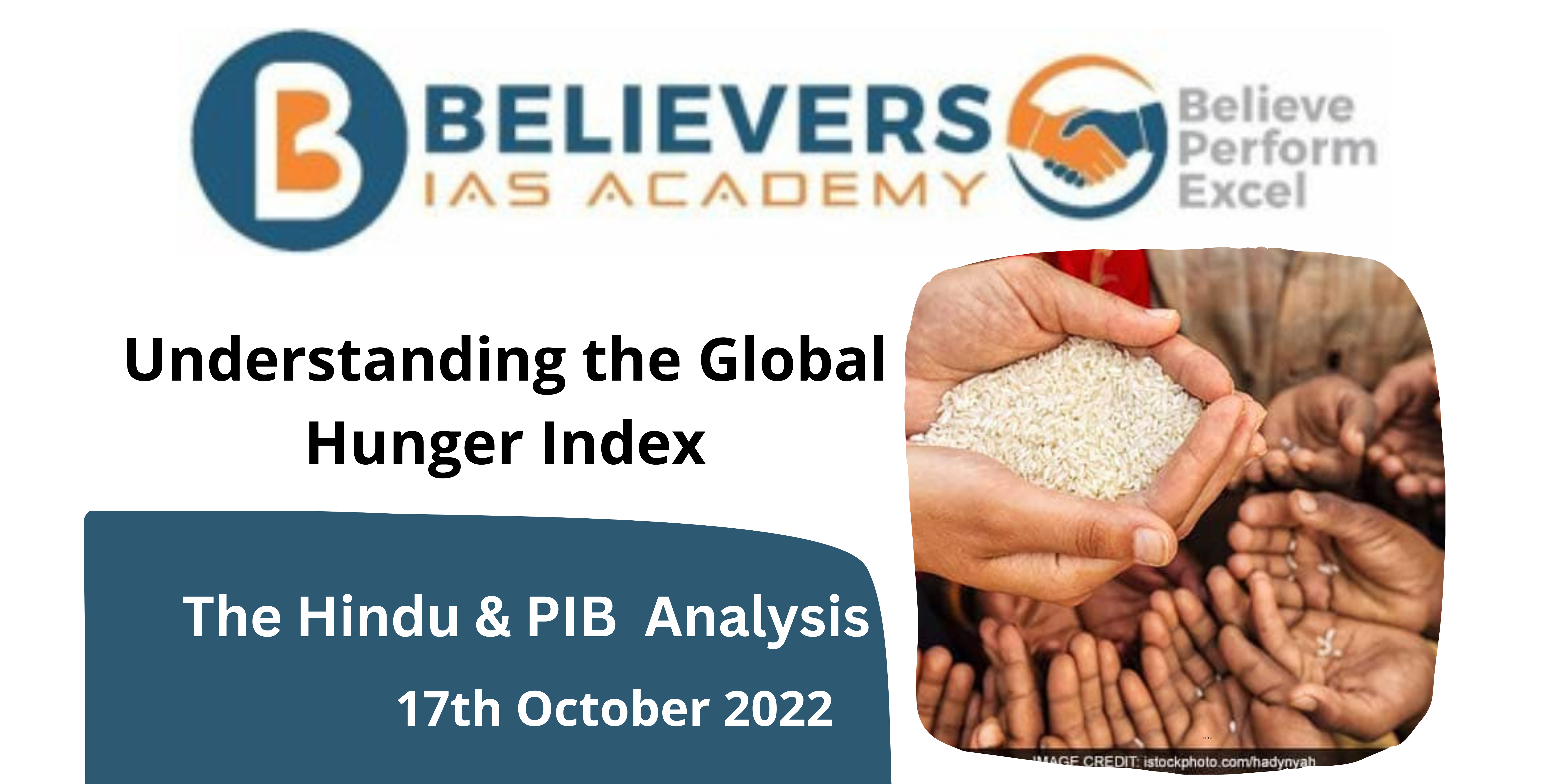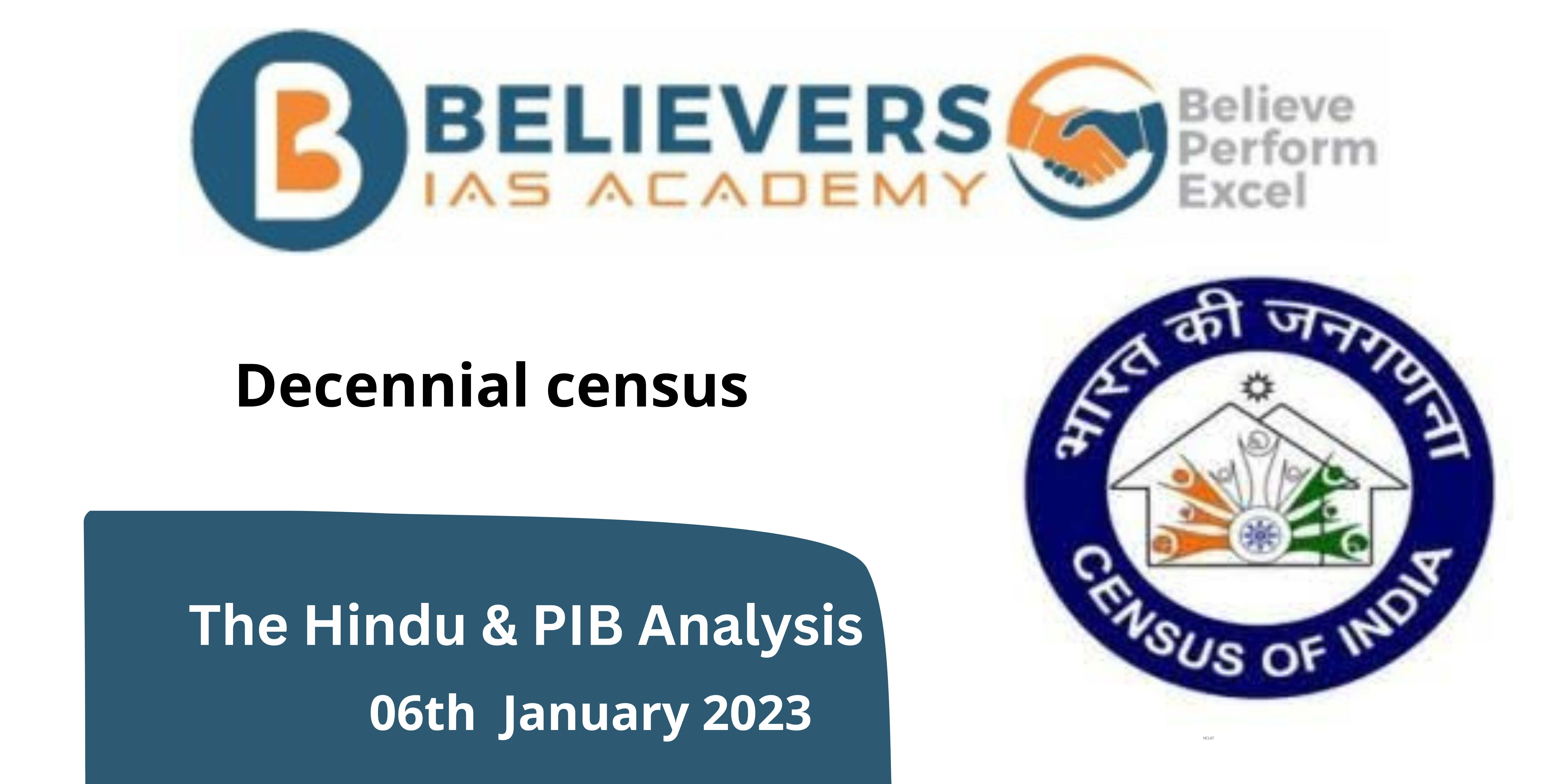Understanding the Global Hunger Index
#GS-02 Social Justice
For Prelims:
About GHI:
- Global Hunger Index is published by Concern Worldwide and Welthungerhilfe (NGOs) jointly.
- It is published every October starting from 2006.
- It’s aimed to comprehensively measure and track hunger at the global, regional, and country levels.
For Mains:
Why GHI is termed unreliable?
- Food and Agriculture Organisation (FAO) estimate on Proportion of Undernourished (PoU) population is based on the ‘Food Insecurity Experience Scale (FIES)’ survey module that bears a sample size of 3,000 respondents.
- The GHI website explains that while FAO uses a suite of indicators on food security, the GHI only uses the PoU obtained through food balance sheets based on data reported by member countries, including India.
- India was accorded a score of 29.1 out of 100 (with 0 representing no hunger), placing it behind Sri Lanka (66), Myanmar (71), Nepal (81) and Bangladesh (84) which is not accurate considering countries such as Sri Lanka are going through an economic crisis primarily due to skyrocketing food prices.
- India’s per capita dietary energy supply has been increasing year-on-year due to enhanced production of major agricultural commodities in the country over the years which has not reflected in the report.
- During the pandemic Pradhan Mantri Garib Kalyan Ann Yojna (PM-GKAY) provisioned an additional 5 kg ration per person each month in addition to their normal quota of foodgrains.
- Measures such as these have been taken multiple times by Indian government to ensure food security.
The need of GHI:
- United Nations’ Sustainable Development Goal 2 (SDG 2) endeavours to achieve ‘Zero Hunger’ by 2030.
- GHI attempts to raise awareness and understanding of the struggle against hunger.
How is GHI calculated:
The GHI score is computed using four broad indicators —
- undernourishment (measure of the proportion of the population facing chronic deficiency of dietary energy intake),
- child stunting (low height for age),
- child wasting (low weight for height) and
- child mortality (death of a child under the age of five).
Why these four indicators?
- Undernourishment provides a basis to measure inadequate access to food and is among the lead indicators for international hunger targets, including the UN SDG 2.
- Child stunting and mortality, offers perspective about the child’s vulnerability to nutritional deficiencies, access to food and quality of nutrition.
- Child mortality indicates the serious consequences of hunger.
To know more about Global Hunger Index click here.




